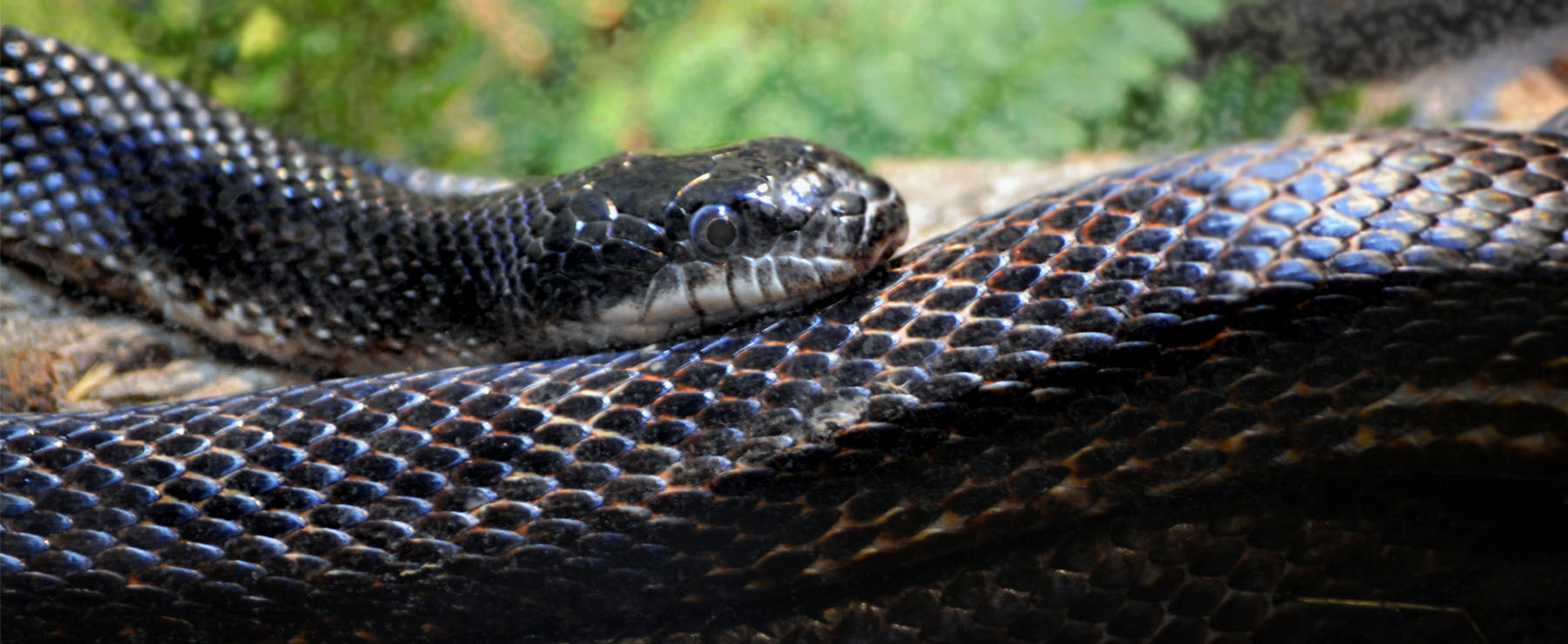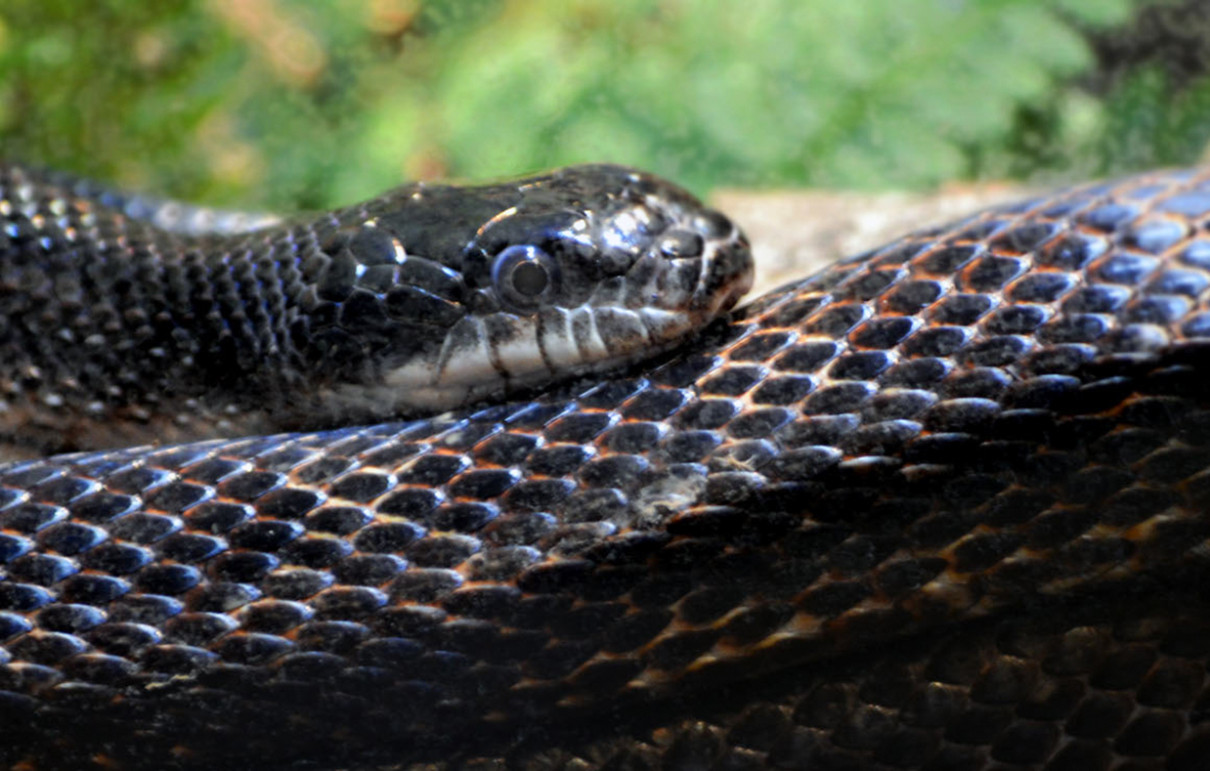STATUSLeast Concern
COMMON NAME (SCIENTIFIC NAME)Pantherophis obsoletus
DIETMice, eggs, lizard, frogs, chipmunks
RANGEFrom New England south to Georgia and West to Alabama, Mississippi, Louisiana, Oklahoma and Wisconsin
HABITATTrees, rocky hillsides, farmland







